Protein, protein everywhere! It’s true; protein is involved in virtually every single cell and process in our body. From rebuilding tissue and muscle, producing hormones and enzymes, maintaining immune and digestive health, and providing a source of energy and cell structure to the growth of our hair, skin, and nails, protein is key.
Studies have determined that the protein intake for those on a Western diet has increased to around 100 g/day, giving about twice as much as the body requires, in large part due to a steady increase in the consumption of animal products. Thus it has been surmised that although changing to a plant-centered diet reduces the total protein intake, it is still considered to be sufficient. And this has turned out to be the case, as a recent review of the literature has revealed [source].
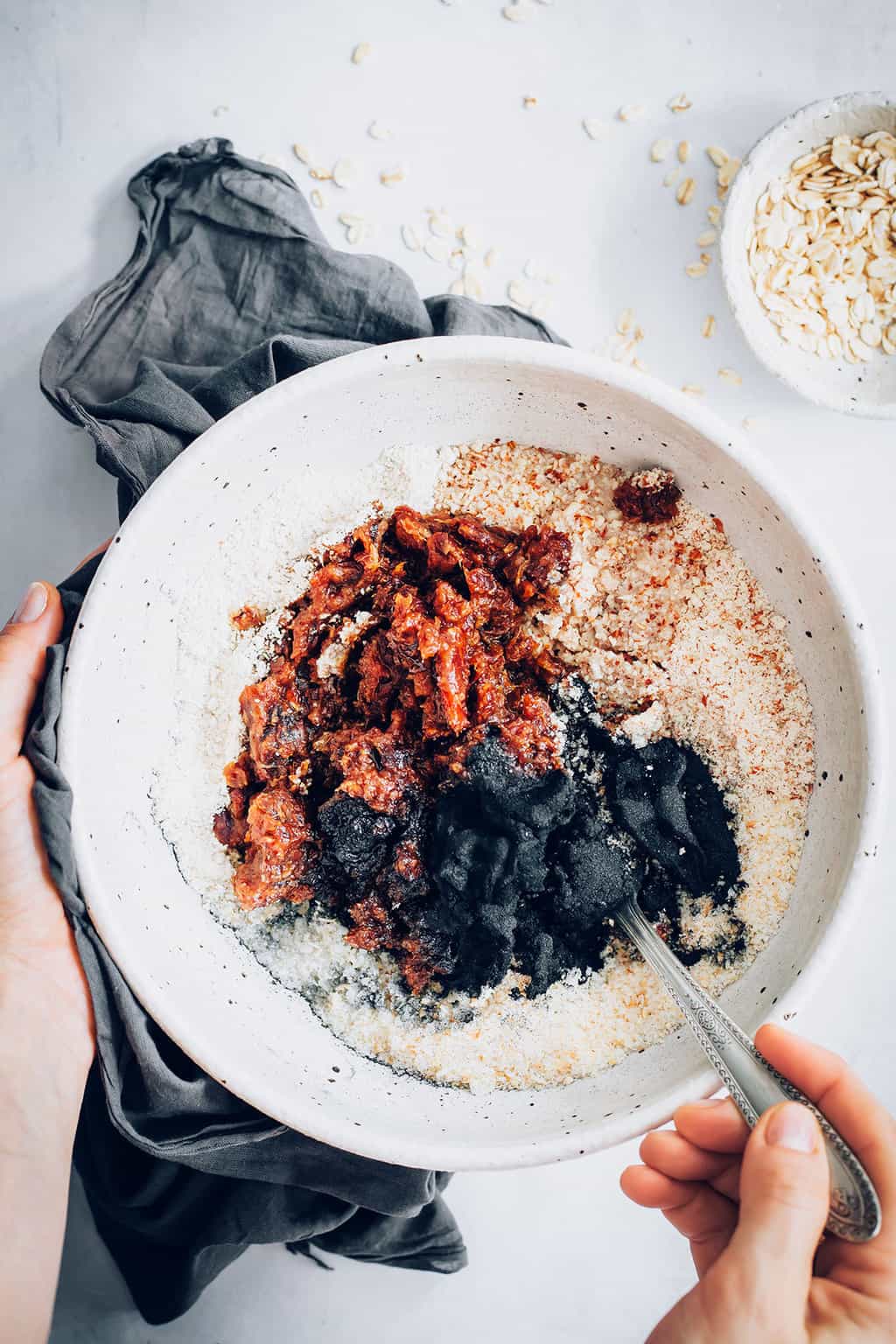
How to Get Plant Protein
Everyone always wants to know how vegans and vegetarians are getting their protein and whether they need to do something special to make sure they get enough. The old-school nutrition theory was that vegetarians had to get serious about combining proteins in order to be healthy when not eating animal products. We now know that our bodies are much smarter than we gave them credit for.
Do you need to combine proteins?
Here’s the deal with combining proteins: a protein containing all 9 essential amino acids is referred to as a complete protein or sometimes a high-quality protein. If a protein is very low in one or more essential amino acids, it’s referred to as an incomplete protein.
The old belief was that most plant-based proteins are incomplete and that it’s necessary to combine foods to make up the missing essential amino acids. That has turned out to be false! In fact, all plant foods contain all 20 amino acids, including the 9 essential amino acids [source]. And plant-based diets that are nutritionally varied have been shown time and time again to meet all amino acid requirements [source].
When we consume protein, it gets broken down into individual amino acids in the gastrointestinal tract and stored in an amino acid pool. These amino acids are later taken from the pool when needed as components the body can use to create new proteins.
The entire amino acid pool gets exchanged three to four times per day. So long as there’s a constant supply of amino acids entering the pool (some from the diet, some from protein biosynthesis), we’re all good.
How much protein do you need a day?
The daily protein requirements for a healthy adult are calculated based on body weight. The standard formula is 0.8 g of protein per kg of body weight. For example, if a person weighs 150 lbs, first divide that number by 2.2 to convert to kilograms = 68.2 kg. Then multiply by 0.8 g = 54.6 g of protein is needed per day.
The daily protein requirements of children and pregnant women range from 0.8 g/kg to 1.1 g/kg. Endurance and elite athletes need an even higher daily protein intake [source].
Good Sources of Plant Protein
There are plenty of great (and delicious!) plant-based protein sources.
For example:
100 g tempeh: 18 grams
1 cup cooked lentils: 18 grams
½ cup shelled edamame: 13 grams
1 cup canned black beans: 15 grams
1 cup canned kidney beans: 13 grams
100 g firm tofu: 12 grams
1 cup canned chickpeas: 12 grams
3 tablespoons hemp seeds: 10 grams
2 tablespoons peanut butter: 8 grams
1 cup plain soy milk: 8 grams
1 cup cooked quinoa: 8 grams
2 tablespoons nutritional yeast: 8 grams
30 g (about ¼ cup) dry roasted peanuts: 7 grams
30 g (about ¼ cup) almonds: 6 grams
½ cup rolled oats: 5 grams
1 cup broccoli florets: 3 grams
1 cup steamed kale: 3 grams
There should no longer be a concern about protein intake on any diet unless the types of foods eaten are highly restricted and not varied on a regular basis. In 2016, the Academy of Nutrition and Dietetics made a clear statement that vegetarian and vegan diets are healthy in all stages of life, are environmentally sustainable, and even reduce the risk of certain chronic health conditions [source].
References:
1. Mariotti F, et al. Dietary protein and amino acids in vegetarian diets—a review. Nutrients. 2019.
2. Gardner CD, et al. Maximizing the intersection of human health and the health of the environment with regard to the amount and type of protein produced and consumed in the United States. Nutr Rev. 2019.
3. Lynch H, et al. Plant-based diets: considerations for environmental impact, protein quality, and exercise performance. Nutrients. 2018.
4. Melina V, et al. Position of the Academy of Nutrition and Dietetics: vegetarian diets. J Acad Nutr Diet. 2016.
18
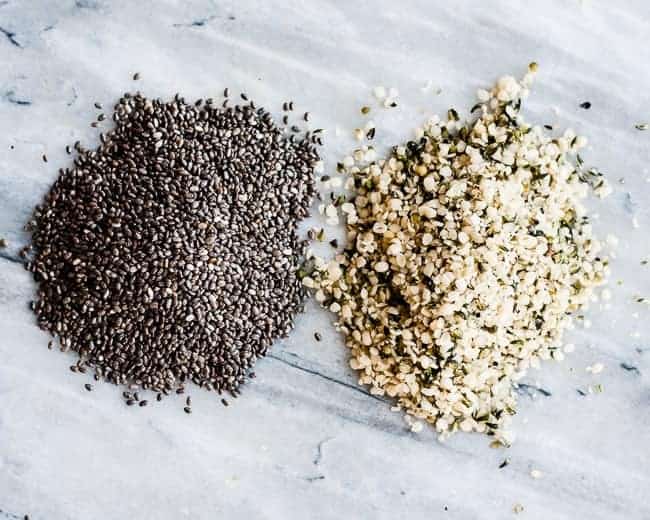
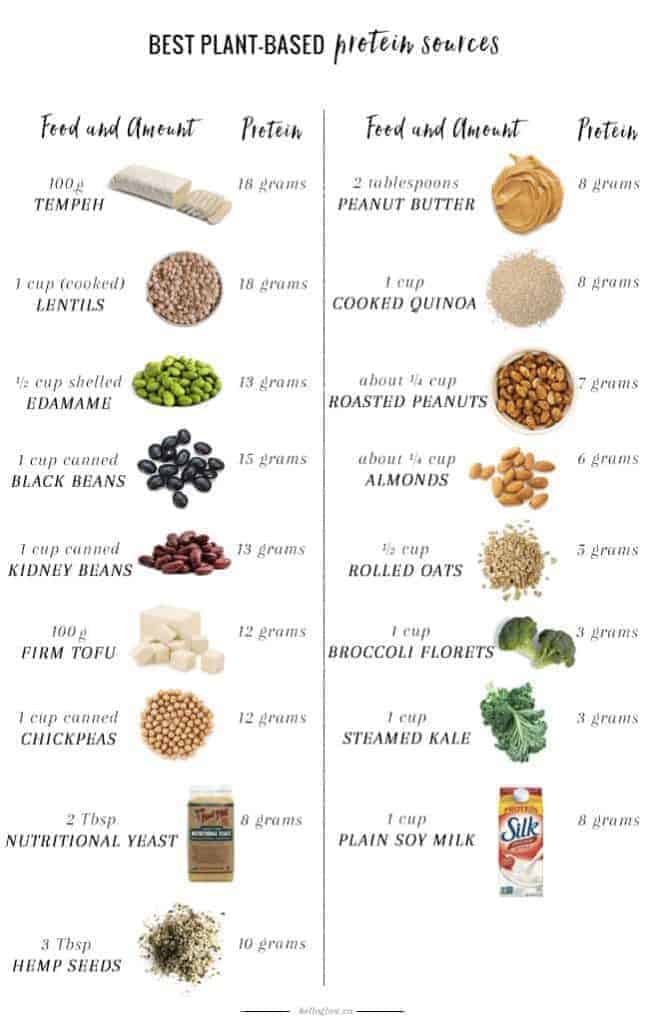
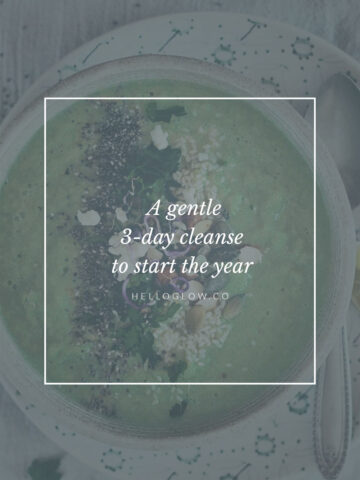
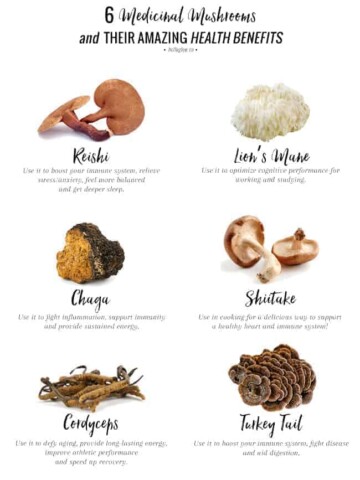
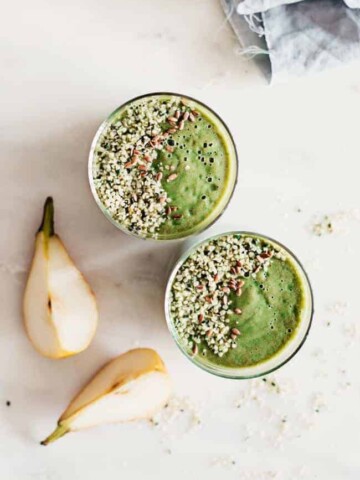
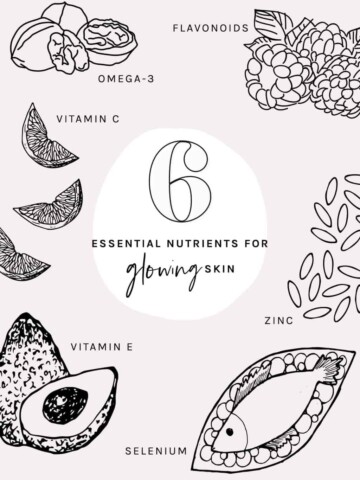
Leave a Comment